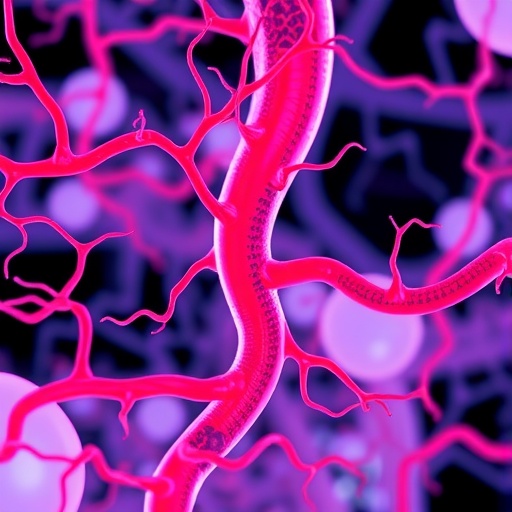Genome study reveals widespread "gray zone" of animals transitioning from one species to two.
There is usually no ambiguity about species delineation when distant lineages are compared. For instance, there is no doubt that dogs and cats belong to two different species. However, such distinction becomes less clear-cut when comparing recently diverged groups of individuals, between which interbreeding is still to some extent possible. This is the paradox of speciation: a gradual, continuous process that ultimately leads to distinct biological entities.
New research publishing December 27 in the open access journal PLOS Biology from French biologists Camille Roux, Christelle Fraïsse, Jonathan Romiguier, Yoann Anciaux, Nicolas Galtier and Nicolas Bierne (CNRS – University Montpellier) characterizes the ability of populations to interbreed and exchange genes as a function of the level divergence of their genomes. These authors improved existing methods, allowing them to infer the history of speciation by modelling the confounding effect of natural selection, drift and migration rates, thereby accounting for the differing patterns of variation seen in different parts of the genome.
The new method was applied to a large genomic dataset consisting of 61 pairs of populations or species of animals. Their analysis uncovered a zone of intermediate molecular divergence, between 0.5% and 2% of differences between genomes, in which the transition from one to two species proceeds – the "gray zone of speciation." Pairs of populations/species falling in this zone are typically characterized by a semi-permeable genome: some genes are freely exchanged between populations, but some are blocked and contribute to isolation – the so-called species barriers. Among the 61 population pairs in this study, the "gray zone" included types of mussel, gorilla, trumpet worm, earthworm, butterfly and mosquito where the animals are in the process of splitting into two species, but still occasionally exchange genetic material.
The authors found that the limits of the gray zone appear somewhat universal and independent of the life-history traits or ecology of the species. This multi-species analysis sheds light on the process of speciation at genomic level, but further highlights the intrinsic difficulty of delineating species in the "gray zone," with important implications for conservation and the management of animal biodiversity.
###
Citation: Roux C, Fraïsse C, Romiguier J, Anciaux Y, Galtier N, Bierne N (2016) Shedding Light on the Grey Zone of Speciation along a Continuum of Genomic Divergence. PLoS Biol 14(12): e2000234. doi:10.1371/journal.pbio.2000234
Funding: European Research Council (ERC) https://erc.europa.eu/ (grant number ERC grant 232971). PopPhyl project. The funder had no role in study design, data collection and analysis, decision to publish, or preparation of the manuscript. French National Research Agency (ANR) http://www.agence-nationale-recherche.fr/en/project-based-funding-to-advance-french-research/ (grant number ANR-12-BSV7- 0011). HYSEA project. The funder had no role in study design, data collection and analysis, decision to publish, or preparation of the manuscript.
Competing Interests: The authors have declared that no competing interests exist.
Media Contact
PLOS Biology
[email protected]
############
Story Source: Materials provided by Scienmag




